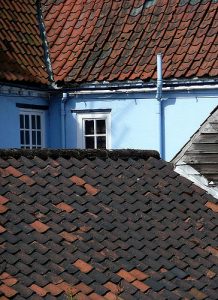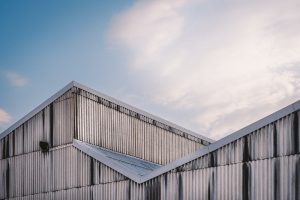 While your tile roof is likely to last for many years, it will start to deteriorate and you need to know the signs of a problem with the roof. There are a number of different signs that you can look out for and need to know about. When you notice one of these signs, you need to schedule roof repairs as soon as possible to prevent any further damage to your home. Here are the main tips from Roof Restoration Brisbane.
While your tile roof is likely to last for many years, it will start to deteriorate and you need to know the signs of a problem with the roof. There are a number of different signs that you can look out for and need to know about. When you notice one of these signs, you need to schedule roof repairs as soon as possible to prevent any further damage to your home. Here are the main tips from Roof Restoration Brisbane.
Broken Tiles
The most obvious sign of a problem with your tile roof is when there are broken tiles. While this is an obvious sign, it is something that people miss because a lot of people forget about their roof. This is something you should avoid doing and remind yourself to regularly inspect your roof.
If you do notice that there are any broken or missing tiles, you need to contact a roofer as soon as possible. They will be able to repair or replace the damaged tiles and stop any problems such as leaks from occurring. If there are a lot of broken and damaged tiles, you might have to have the roof replaced.
Excess Moisture In The Attic
If your attic has excessive humidity, you could have a problem with your tile roof. Most people assume that ventilation is the cause of this problem, but a roof leak can also cause this. Adding ventilation to your attic will often reduce the humidity, but it might not solve the root cause.
When you have excess moisture in your attic, you also need to look for signs of mildew and mold. This is generally a clear sign that a leak could be causing the problem. You will need to call a roofer as well as a remediation specialist if you notice mold.
Sagging Roofline
The roofline of your home is meant to be almost flat. However, as time wears on, the integrity of the roof can start to sag. If you notice that your tile roof has peaks and valleys, the underlying material of the roof could be compromised. You can also see sagging inside the attic through bowing in the supports.
If you notice sagging of your roofline or bowing in the supports, you need to contact a roofer. They will be able to advise you on strengthening the support system of the roof and replacing the underlying materials that have caused this problem. You should never allow a sagging roof to continue as this will cause major issues.
